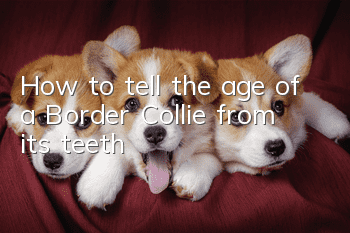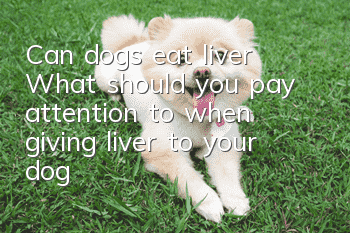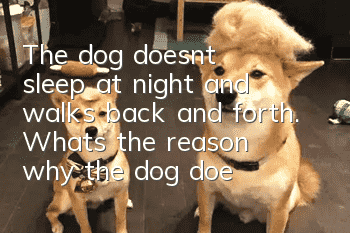How to tell the age of a Border Collie from its teeth?

Regarding the age identification of dogs, the growth status of the dog's teeth, the degree of wear of the tooth peaks and teeth, and the color of the teeth are important basis for judging the age of the dog. For example, an adult dog has 42 teeth, and all of its canines are short crown-shaped. The crowns of the first and second incisors of the upper jaw are tricuspid, that is, there is a large peak in the center, small peaks on both sides, and the other incisors have three peaks. There are two large and small peaks, the canine teeth are curved and conical, and the tips are sharp. They are weapons for attack and self-defense. The premolars are three-peaked and the rear molars are multi-peaked.
Puppies have deciduous teeth, which are white, thin and pointed, and are all uniformly long, with a total of 28 teeth.
Puppies develop deciduous teeth around 20 days after they are born.
4-6 weeks old, the milk incisors are all in full length.
At 2 months old, all 28 deciduous teeth have appeared.
2-4 months old, replace the first deciduous incisor.
5-6 months old, replace the 2nd to 3rd deciduous incisors and deciduous canines.
After 8 months of age, all teeth are replaced with permanent teeth.
A 1-year-old dog, the permanent teeth are all long, white and bright, and there are sharp protrusions on the incisors.
In a 1 and a half year old dog, the large peak of the first incisor of the lower jaw is worn to the level of the small peak.
In a 2 and a half year old dog, the peak of the second incisor of the lower jaw was lost.
In a 3 and a half year old dog, the peak of the first incisor on the upper jaw was lost.
In a 4 and a half year old dog, the peak of the second incisor on the upper jaw was lost.
In a 5-year-old dog, the peak of the third incisor of the mandible is slightly obliterated, while the first and second incisors of the mandible are ground into a rectangular surface. In a 6-year-old dog, the peak of the third incisor of the mandible has been worn away, and the canine teeth have been ground into a blunt round shape.
In a 7-year-old dog, the third incisor tooth of the mandible was worn to the root of the tooth, and the wear surface was vertically oval. In an 8-year-old dog, the first incisor of the mandible is worn and tilted forward.
In a 10-year-old dog, the wear surfaces of the maxillary first incisor and the mandibular second incisor are longitudinally oval.
A 16-year-old dog with missing incisors and incomplete canines.
- How to treat urinary tract stones in dogs? Dogs may need surgery!
- What should I do if my dog has no milk? The owner should check quickly and don’t let the puppies starve to death.
- Dog’s anal gland odor, please note that this is a sign of your dog’s health!
- What are the symptoms of dog pain? How to detect dog pain early
- How to make your dog like to eat dog food Four ways to make your dog fall in love with dog food
- Can dogs digest peach pits if they eat them? Can dogs digest peach pits if they accidentally eat them?
- How to protect your dog’s food? Teach you tips on training your dog
- Why do dogs defecate everywhere? How can dogs stop defecating everywhere?
- What should I do if my dog has lupus? Immune system diseases should not be underestimated
- If your dog's hair is cut and the skin is cut, the flesh is exposed. If the dog's hair is accidentally cut and the skin is cut, it must be disinfected immediately.



